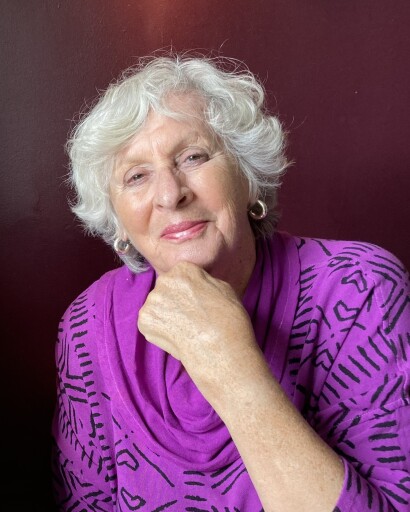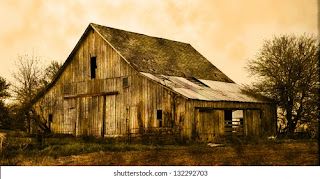
Biloxi's Best Burger, 2021 My brother Johnny and I drove into a small parking lot where a square, block concrete building stood, completely windowless and with no visible door. I noticed the vehicles in the lot were mostly trucks and SUVs. After parking his truck, we approached a recessed door marked with a bold sign that read, "No weapons allowed." With some trepidation, I followed him into the bar, which was called The Project, located very close to Keesler Air Force Base. The single room was dimly lit with a long L-shaped bar and about ten tables scattered throughout. The hanging lights cast a soft glow, creating a dim and solemn atmosphere. It reminded me of the old Star Trek series where the crew would find themselves in a rough bar filled with large, alien-like beings; this time, however, we were the crew. The Project is a true dive bar, and its popularity is largely due to its proximity to Keesler Air Force Base. The lunchtime crowd mainly consisted of young so...





